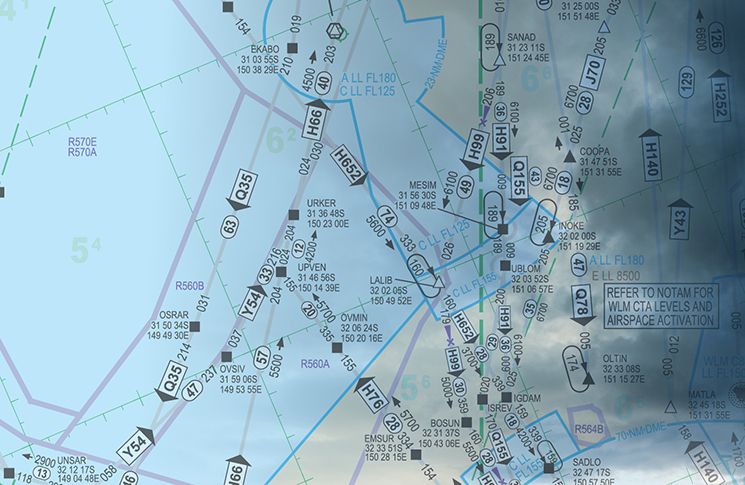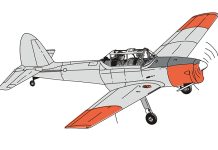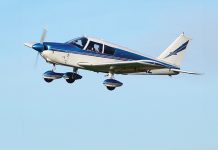This demonstration of a cool head on young shoulders comes from Demetris Gregoriou, an aspiring 18-year-old private pilot from Cyprus.
His action camera video posted on his YouTube Channel shows the low-time pilot’s textbook reaction to a moderately serious gliding emergency—a cable break.
After the cable breaks at 300 ft on a winched launch Gregoriou follows his pre-flight self-briefing and instantly assesses his options. His widely praised reactions are exactly what Flight Safety Australia’s Thomas P. Turner advocated in the May-June issue.
‘It was one second of fear, followed by mechanical thinking and mechanical actions: lowering the nose, establishing a good speed, releasing the cable, checking for 55-plus (kt) and turning downwind after seeing I cannot land ahead without crashing into the winch,’ he wrote in the description of his YouTube video.
Gregoriou suspects the cable break resulted from encountering a strong thermal during launch. ‘I can confirm that, as the pilot who flew before me hit a thermal at the top of the launch, so it was very likely that the wind moved the thermal further into the runway,’ he wrote.
Gliding experience and the valuable skills it develops undoubtedly makes for safer pilots, as Kreisha Ballantyne investigated last year in her Flight Safety Australia article ‘No second chances’.





Demetris has been living and breathing aviation since he could almost walk and I had the pleasure of watching aviation (gliding and parachute ops) operating out of Kingsfield everyday when I lived in Pyla as part of the UN peacekeeping force in 2011-2012. Great work.
Made sure he had indicated airspeed before the turn, avoiding a situation which has resulted in winch fatalities before.
THIS is the meaning of “spring loaded” for equipment failure. I cannot imagine a more textbook perfect response. From his thorough, verbalized pre-brief of his actions when (not IF) a cable break occurs, to his flawless execution of his plan, this pilot set the standard. I am impressed.